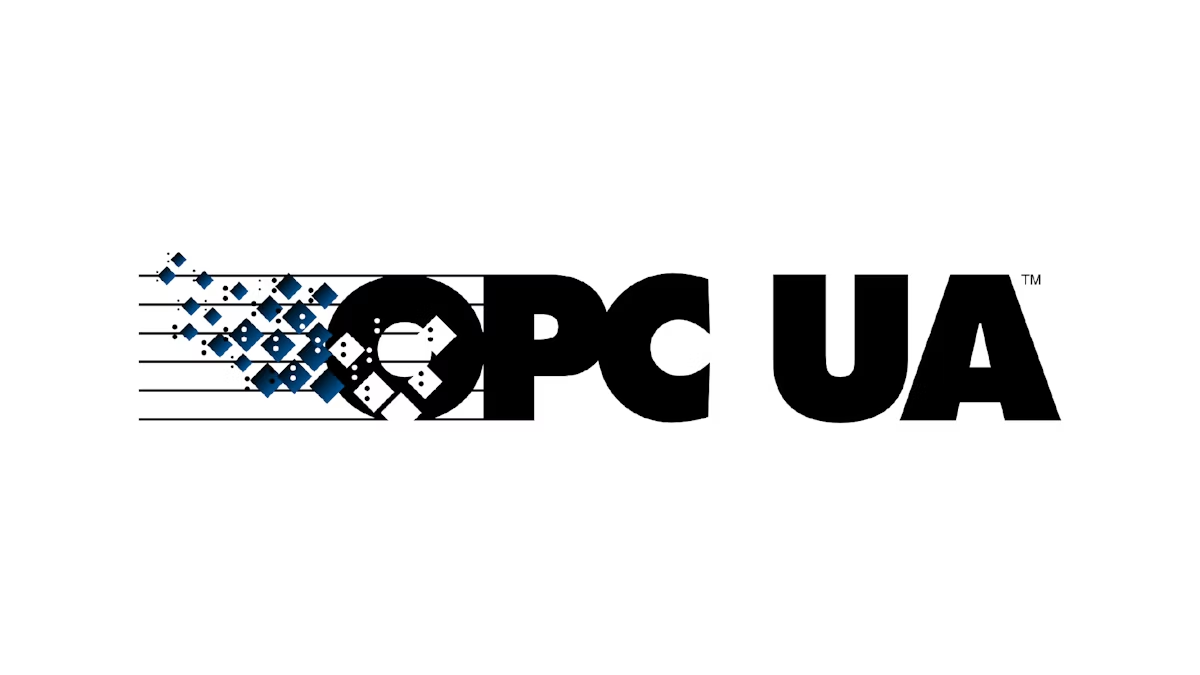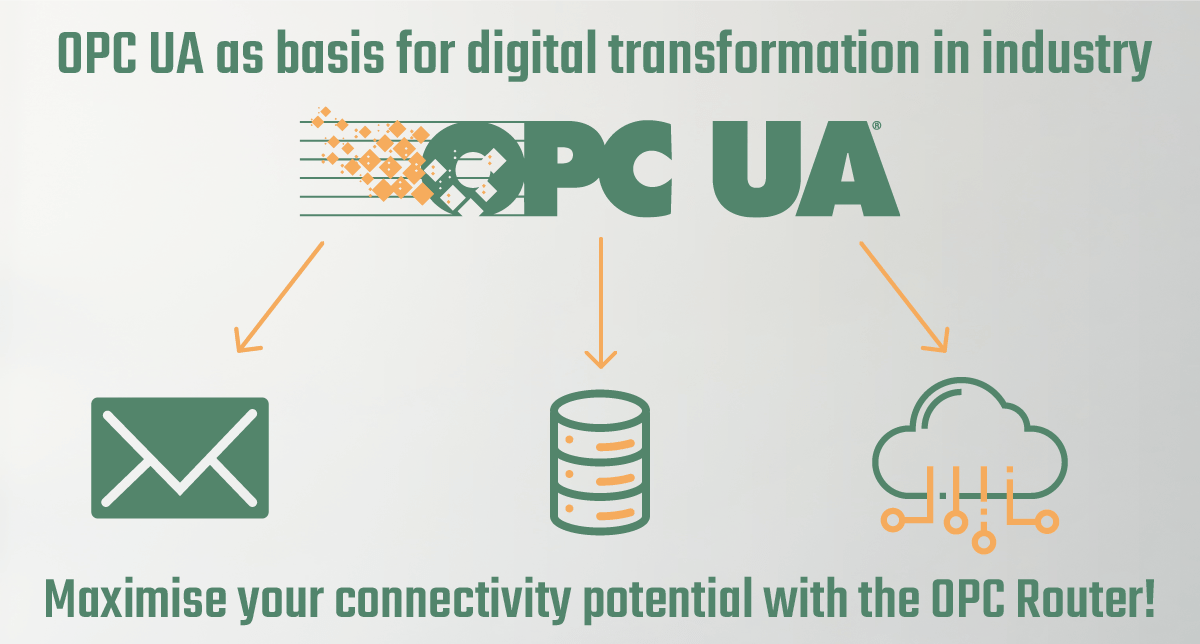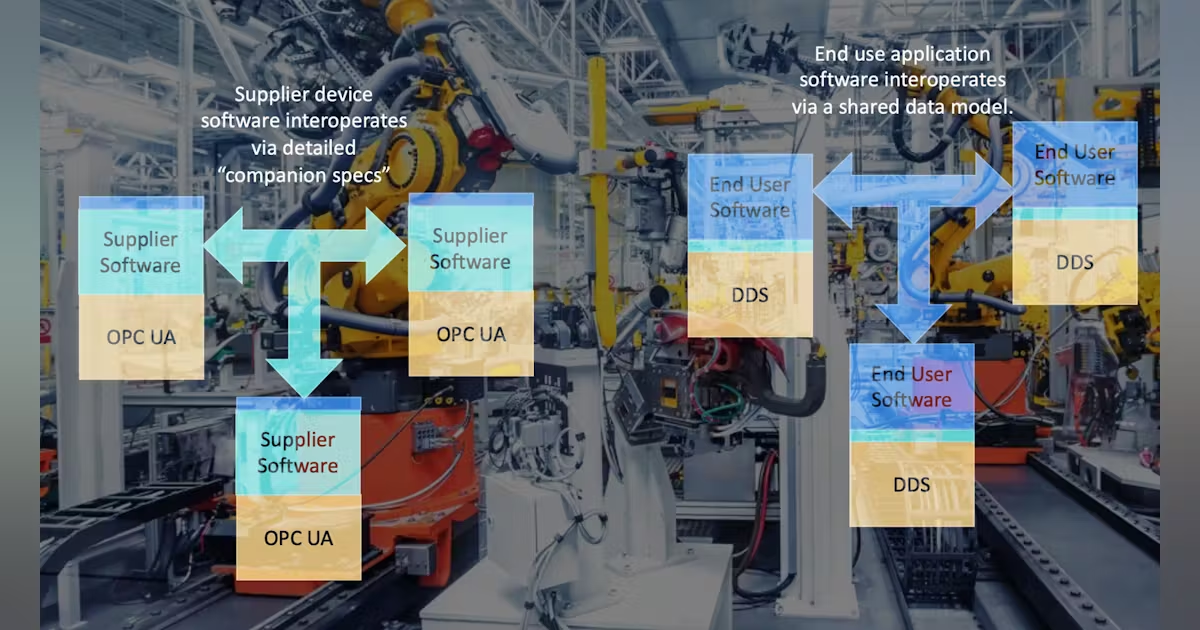Table of Contents
OLE (Object Linking and Embedding) for Process Control, commonly known as OPC, is a communication standard used in industrial automation to ensure the seamless exchange of data between devices from different manufacturers. OPC plays a critical role in connecting various components within industrial control systems, such as Programmable Logic Controllers (PLCs), Distributed Control Systems (DCS), and Human Machine Interfaces (HMIs). By using OPC, manufacturers can eliminate the need for proprietary protocols, making it easier to integrate systems, reduce costs, and enhance interoperability.
History and Development of OPC

OPC was first developed in the mid-1990s by a collaboration of automation industry leaders and Microsoft. The main purpose was to standardise data exchange for process control applications in manufacturing and industrial systems. Before OPC, companies had to develop custom drivers and communication protocols to connect devices from different vendors. This lack of standardisation increased complexity, cost, and maintenance efforts.
OPC was based on Microsoft’s OLE/COM (Component Object Model) technology. By leveraging Microsoft’s technologies, OPC made it easier for developers to integrate industrial automation systems with Windows-based applications. Over time, the OPC standard has evolved, with the introduction of OPC UA (Unified Architecture), which is platform-independent and addresses some of the limitations of the original OPC standard.
How OPC Works

OPC acts as a bridge between devices and control systems, enabling real-time communication. It follows a client-server architecture where the OPC Server collects data from various devices like sensors, PLCs, or DCSs, and the OPC Client reads or writes this data for further analysis or control. This client-server communication makes OPC highly flexible, as multiple OPC clients can connect to a single OPC server, and the server can communicate with various devices from different vendors.
Key Components of an OPC System
OPC Server: The OPC server gathers data from devices and systems using various protocols like Modbus, Profibus, or Ethernet/IP and translates it into a standardised OPC format.
OPC Client: The OPC client accesses the data provided by the OPC server for monitoring, control, and reporting. Clients can be HMIs, SCADA (Supervisory Control and Data Acquisition) systems, or other software.
Data Access (DA): OPC servers use Data Access to offer real-time data like temperatures, pressures, and flow rates.
Alarms and Events (AE): OPC AE ensures that clients can receive notifications of abnormal conditions like equipment failures or dangerous situations.
Historical Data Access (HDA): OPC HDA allows clients to access archived process data for trends, reports, and analysis.
OPC UA: The Evolution of OPC
As industry requirements changed, the limitations of the original OPC standard became apparent. The original OPC standard was built on Microsoft’s COM/DCOM technology, which made it highly dependent on Windows. This dependency limited the use of OPC in environments that needed platform independence or higher security.
To overcome these challenges, OPC UA (Unified Architecture) was introduced. OPC UA is platform-independent, providing flexibility to operate on various operating systems like Linux, macOS, and Windows. It also addresses issues related to security and scalability.
Key Features of OPC UA:
- Platform Independence: OPC UA can operate on any operating system or device, including embedded systems and mobile devices.
- Improved Security: It includes built-in encryption, authentication, and user authorization features, making it suitable for critical infrastructure applications.
- Data Modeling: OPC UA offers more advanced data modeling features, allowing the representation of complex data structures that are needed in modern automation systems.
- Web Services: OPC UA supports web services, allowing it to communicate over the internet, which is crucial for Industry 4.0 and IIoT (Industrial Internet of Things) applications.
Benefits of OPC in Process Control
Interoperability: OPC breaks down communication barriers by enabling systems from different manufacturers to work together. This promotes interoperability, making it easier to integrate new devices and systems into existing infrastructures.
Scalability: OPC systems are highly scalable, allowing easy expansion of the network to include more devices or systems without needing extensive rewiring or reconfiguration. OPC UA, in particular, supports cloud-based applications, making it ideal for the growing IIoT market.
Cost Efficiency: By eliminating the need for custom drivers and reducing proprietary communication protocols, OPC reduces the time and cost associated with system integration and maintenance.
Real-Time Data Access: OPC provides access to real-time process data, which is essential for monitoring and controlling industrial operations. This capability ensures that processes can be adjusted as needed to optimise performance or prevent issues.
Future-Proofing: With the development of OPC UA, the standard continues to evolve and adapt to modern industrial needs, ensuring that OPC-based systems can remain relevant and adaptable to new technologies.
Applications of OPC in Industrial Automation

OPC is widely used across various industries, from manufacturing and oil and gas to pharmaceuticals and power generation. Some key applications include:
SCADA Systems: SCADA systems rely heavily on OPC to gather real-time data from sensors, actuators, and PLCs for process monitoring and control. OPC helps centralise data acquisition and provides operators with a clear view of plant operations.
Data Logging: OPC is used for logging process data in databases or historians. Historical data can then be used for performance analysis, trend prediction, and optimization.
Alarm Management: OPC’s Alarms and Events feature is used to trigger alarms when predefined conditions are met. It ensures that operators are notified in case of any abnormal conditions, enabling quicker responses to prevent process disruptions.
Enterprise Resource Planning (ERP) Integration: OPC enables the integration of OLE for process control data with ERP systems. This allows businesses to align production data with their resource planning systems for better decision-making.
IIoT and Industry 4.0: OPC UA is at the core of many IIoT initiatives, allowing real-time data to be shared across devices, systems, and cloud platforms. This integration supports Industry 4.0 objectives like predictive maintenance, remote monitoring, and smart factories.
Challenges of OPC Implementation
While OPC provides many benefits, there are challenges associated with its implementation:
- Legacy Systems: Many older industrial systems do not support OPC, requiring significant upgrades or retrofitting to become OPC-compatible.
- Network Latency: In systems where real-time performance is critical, network latency or communication delays can affect the effectiveness of OPC, especially in large-scale systems.
- Security Risks: Although OPC UA has enhanced security features, OPC systems are still vulnerable to cyberattacks if not properly secured. This is particularly a concern in critical infrastructure industries like power generation or water treatment.
Conclusion
OLE for Process Control (OPC) has revolutionized industrial automation by creating a standardized communication protocol that promotes interoperability and scalability. As industries continue to embrace the IIoT and Industry 4.0 trends, the role of OPC—especially with the advancements brought by OPC UA—becomes increasingly important. With its ability to integrate a wide range of systems, provide real-time data access, and enhance operational efficiency, OPC remains a cornerstone in modern process control systems. However, its implementation requires careful consideration of legacy system integration, security concerns, and network performance.
For More Information Please Visit This Websites Xewe


